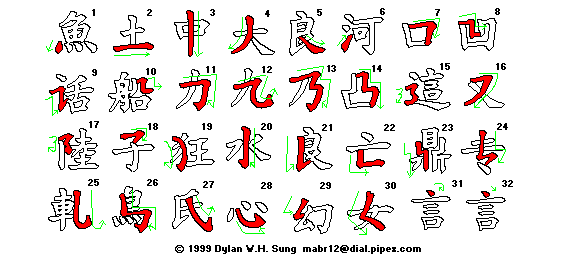

To make the penstroke, start where the green line begins, and follow the direction of the arrow, lifting the pentip off where the arrow ends. You will notice the characters have different widths along the penstroke. This is achieved by pushing the pen down for heavy thick lines, and withdrawing the pen-tip away from the paper where the line goes narrower. In calligraphy, the art lies in varying the pressure of the pen-tip against the paper together with proportionality of the character, achieving dynamic and aesthetic penstrokes.
You will notice that the character in 31 and 32 are the same. The dot can be written both ways, depending on the type of instrument used. Number 31 often occurs when using a brushpen, where the tip goes back slightly over the already made mark, lifting off the paper. For all intents and purposes, 32 is okay.
In calligraphy, the art lies in varying the pressure of the pen-tip against the paper, achieving dynamic and aesthetic.
Recognising these basic stroke types enables you to count how many strokes there are in each character since each and every character will be composed by a set of these. These are found across the Chinese-Japanese-Korean (so called CJK) spectrum.
Knowing how many strokes a character has enables one to lookup in character dictionaries according the one of many systems. Some dictionaries use stroke count and the initial stoke type. In the KangXi dictionary, a set of 214 index glyphs (sometimes known as "radicals") are used to categorise characters accordeing to one of these radicals and then by the remaining number of strokes. It enables the user to look up characters even though they do not know the pronunciation of the character. This is a very useful system, and has been adopted outside of China, with some modifications. Due to the fact that it is independent of the character's actual sound value or "reading", dialects of CJK languages can use stroke count with the radicals system very successfully.
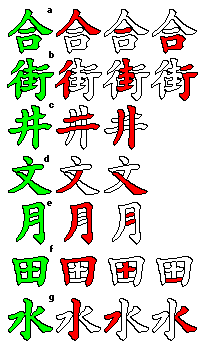 | From top to bottom |
|---|---|
| From left to right | |
| Horizontal before vertical | |
| Backstroke before forewardstroke | |
| First (three sided) enclosure, then filling | |
| Square enclosure top first, next filling, last seal | |
| Middle stroke, then left portion, then right portion |
Given the above seven general principles, there are of course times when it is not clear which part of the character to write.
 The backstroke written first
The backstroke written first
 The backstroke written last
The backstroke written last
 The major horizontal written first
The major horizontal written first
 The major horizontal written last
The major horizontal written last
 Left uppermost dots written first
Left uppermost dots written first
 Right uppermost dot written last
Right uppermost dot written last
 Inside dot written last
Inside dot written last
 Left uppermost vertical written first
Left uppermost vertical written first
 Upper cover written first
Upper cover written first
 Left vertical of square enclosure written first
Left vertical of square enclosure written first
 Upper contents first, lower container written last
Upper contents first, lower container written last
 Top first, next inner contents, lower container written last
Top first, next inner contents, lower container written last
 Upper right contents first, then lower wrapper written last
Upper right contents first, then lower wrapper written last
 Left side wrapper first, then upper right contents written last
Left side wrapper first, then upper right contents written last
Below, we have a few examples of characters and the stroke order for writing them.
The gradual composition of the characters also serve to show another aspect of writing CJK characters. That is, you have to have a mental image of what you are going to write first, and start at an appropriate place, so that the character when completed is level, roughly the same in size and proportion to the others on the same line.
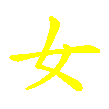
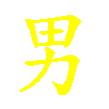
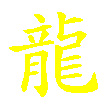
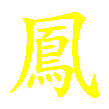
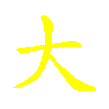
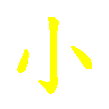
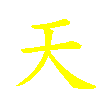
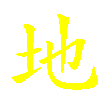
The grid can also be further subdivided, usually to 9 or 16 squares, and used as guides for learners of calligraphy.

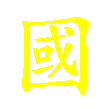
© Dylan W.H.Sung 1996-onwards
You can email me on anything you find here!